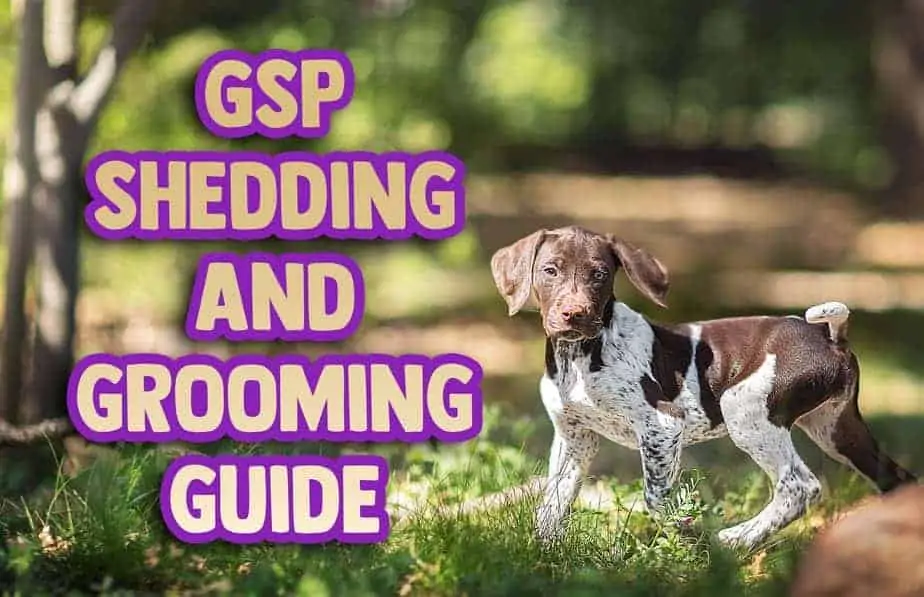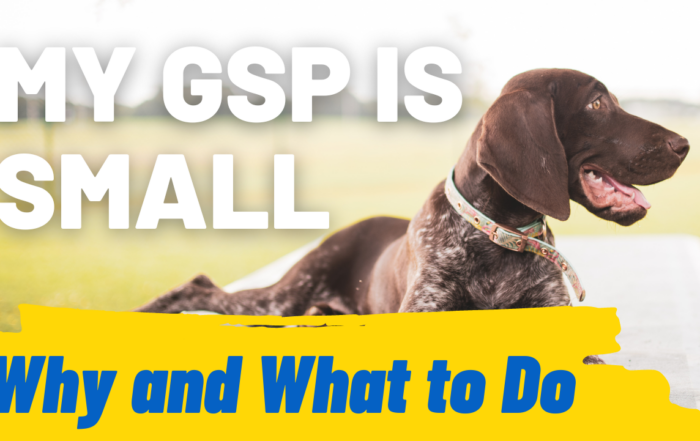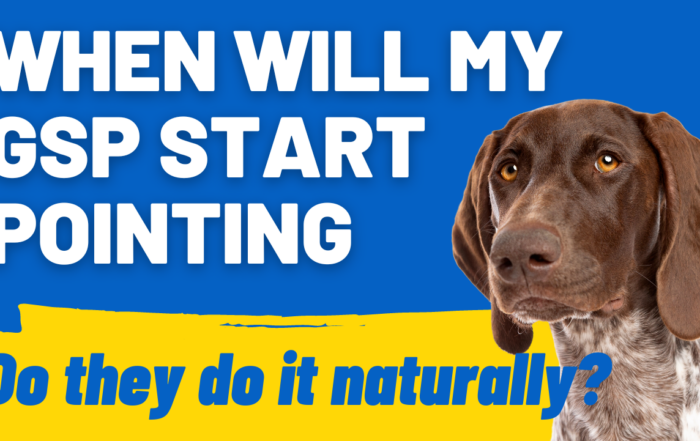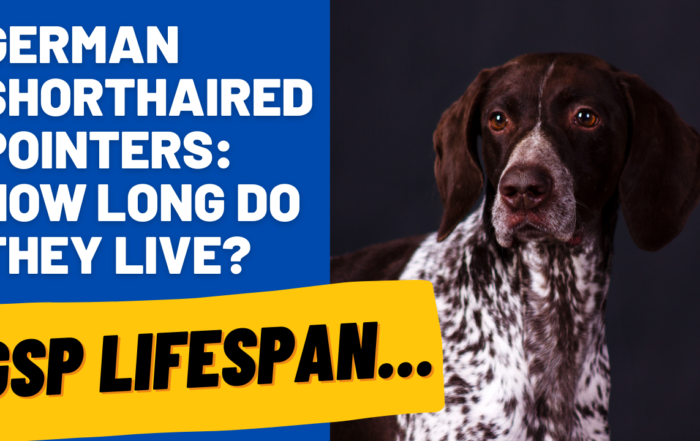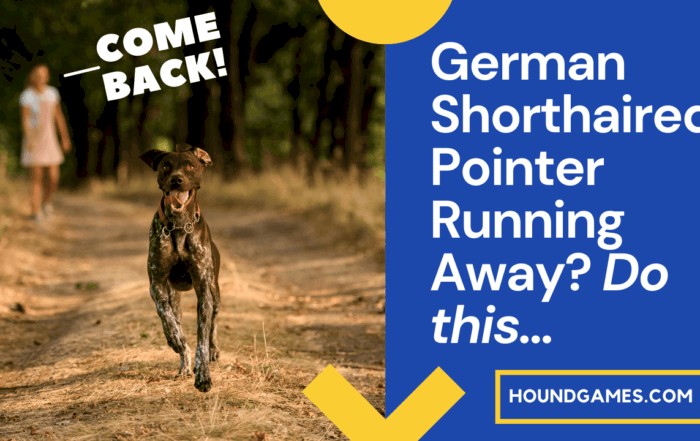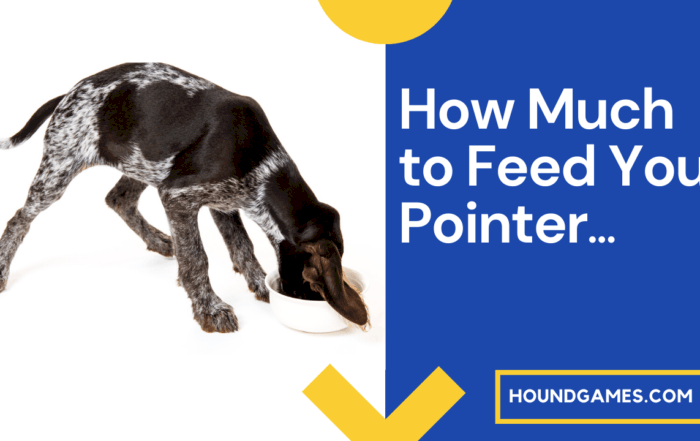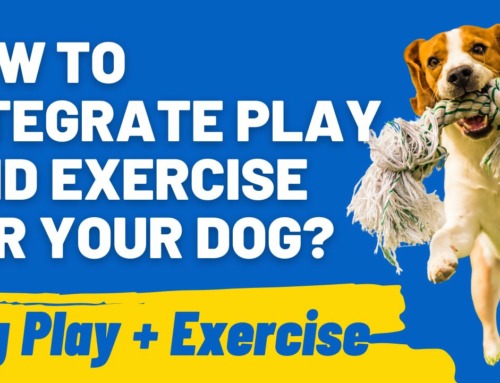German Shorthaired Pointers adventurous personalities means they will need grooming to stay clean. They’re also are a breed that sheds, even with their short coat of hair.
In this article, we will look at the best ways to groom your German Shorthaired Pointer and how often they should be groomed, so you can keep your dog fresh and clean no matter what fun adventures they join you on.
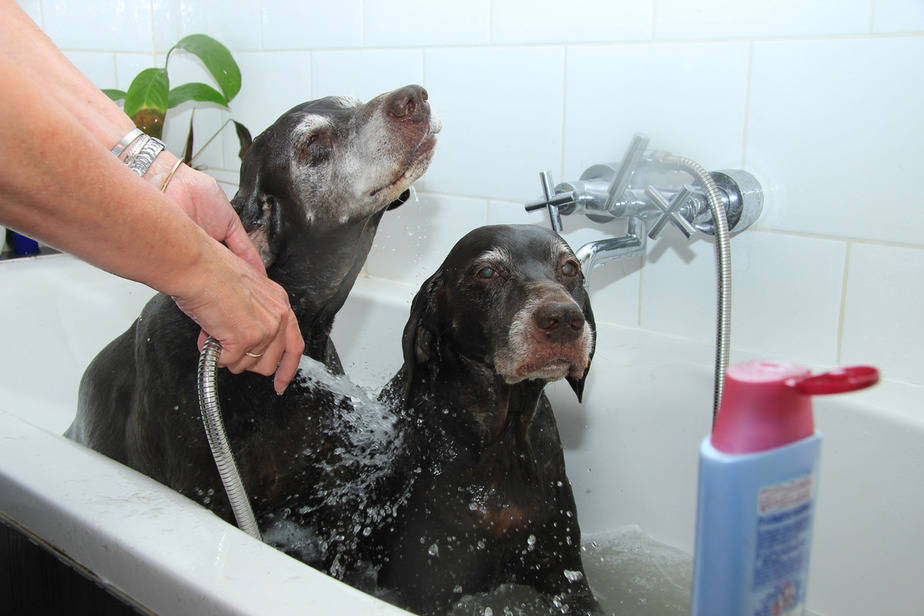
Bathing a German Shorthaired Pointer
Not only is bathing important to keep your German Shorthaired Pointer clean, but it also helps to cut down on shedding and makes it easier to keep your house free of hair. Plus, bathing your German Shorthaired Pointer lets you check them for any cuts or scrapes they may have gotten before they become a problem.
When you bathe your German Shorthaired Pointer, it’s important to use a shampoo that is hydrating. This is especially the case if you bathe your dog frequently, such as during hunting season when they are outside and getting dirty more often.
Your German Shorthaired Pointer will benefit from baths at least 2-3 times a year, and up to weekly if necessary.
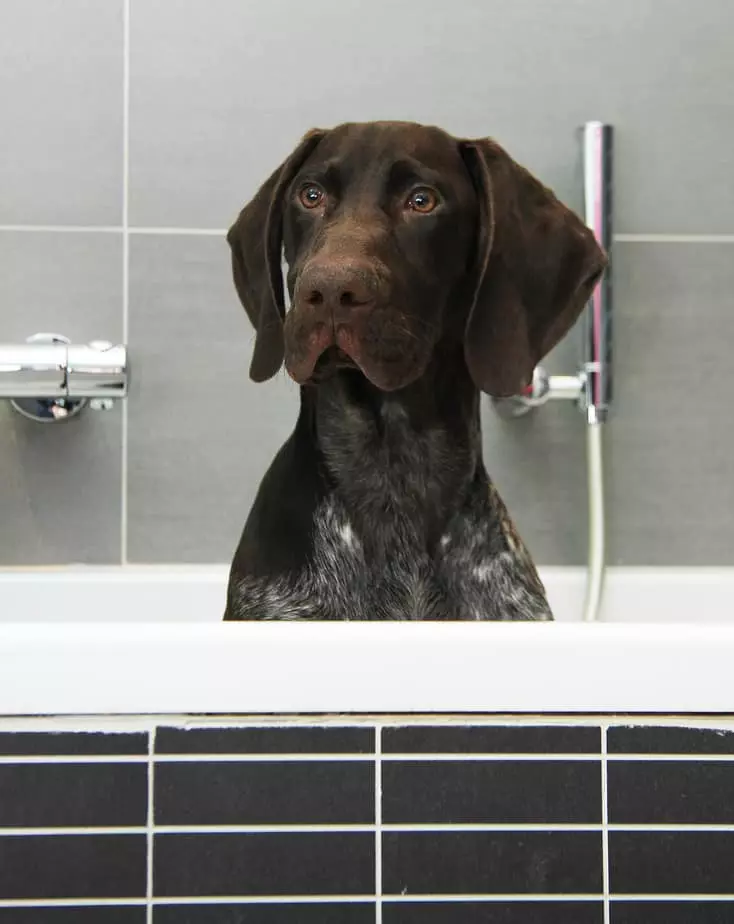
Besides choosing a shampoo that doesn’t dry out your dog’s coat, it’s also beneficial to use a conditioner afterwards.
With their short coats, your German Shorthaired Pointer doesn’t need the conditioner to prevent mats from forming. However, the conditioner helps keep their skin and coat healthy and prevents it from drying out.
If your GSP has dry skin or any other skin conditions, be sure to read our post all about skin care for German Shorthaired Pointers.
When you bathe your German Shorthaired Pointer, you’ll want to cover your dog in water and then work the shampoo into their fur. While their coat isn’t very long, you’ll want to use your fingers or a rubber brush (like the Kong Zoom Groom) to ensure the shampoo reaches their skin.
This is because the coat that helps protect your German Shorthaired Pointer in the field is tight and water-repellent, so you need to manually ensure the shampoo and water can penetrate their coat for the best clean.
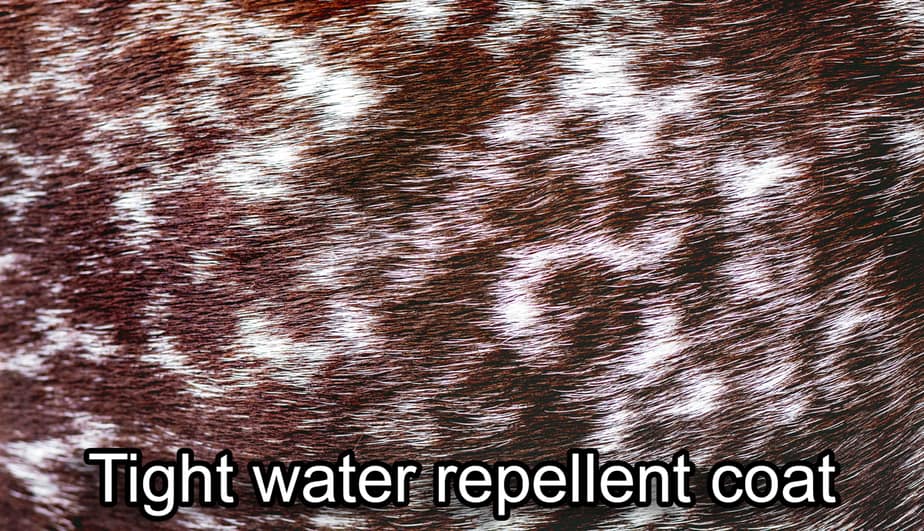
After rinsing the shampoo, it’s time to do it again! Giving your dog a second scrub down of shampoo after rinsing will help make sure their coat is as clean as possible, and it also helps with shedding.
All the massaging of shampoo that you are doing when bathing your German Shorthaired Pointer is helping to loosen any dead hair.
This is especially helpful if you give them a bath when they are blowing their coat – or doing the majority of their shedding – which happens for a week or two twice a year, in most cases.
After the second shampoo and rinse, it’s time to apply the conditioner. Groomers that I have worked with prefer the conditioner that gets left in the coat so it can help the most, as opposed to a conditioner that gets rinsed out right away.
Finally, it’s time to dry off your German Shorthaired Pointer. You can certainly use a towel and let your German Shorthaired Pointer air-dry the rest of the way – especially with their short coat.
However, if your goal is to reduce shedding, finishing your groom by blow drying your German Shorthaired Pointer is the fastest way to blow any dead hairs away.
The higher powered hair dryers designed for use on dogs are best for this. If you don’t want to invest in one yourself, you may be able to find a local do-it-yourself dog washing station that has one available.
Here is one such hair dryer that is super helpful when getting rid of dead hairs. Definitely a worthwhile investment if you own multiple dogs or do all your own grooming.
Otherwise, paying a professional groomer to bathe and blow dry your dog once or twice a year for shed-control purposes works well, too.
Brushing Your German Shorthaired Pointer
Brushing your German Shorthaired Pointer, both after a bath and for coat maintenance in between baths, is important for their skin health. It also helps to reduce any shedding, and gives you a chance to check your dog for any lumps, bumps, or injuries.
With a coat as short as a German Shorthaired Pointer, you don’t need a lot of variety in your brushes.
A rubber curry comb type brush, such as the Kong Zoom Groom, is a great option for most German Shorthaired Pointers. I love that the brush is soft and rubber, so it doesn’t scratch their skin.
It’s also easy to clean, and helps to stimulate the natural oils in your dog’s skin and coat to keep them healthy and comfortable.
You can brush your dog in short sections with their coat, or in small, circular motions. Plenty of dogs that used to hate being brushed learn to love this type of grooming, because it’s almost like a massage!
A soft bristle brush can also help to finish off your brushing, as it will catch any fur that’s left on top of your dog and leave them sleek and shiny.
Some German Shorthaired Pointers may also benefit from a shedding blade type brush. These brushes often contain a strip of metal with a rounded, but jagged edge, that helps to catch fur buried deeper in the coat.
When using this type of brush, you can’t apply as much pressure as you would with a softer brush – especially when going over areas that aren’t as padded on your dog, such as their hips and ribs – or you can make the process uncomfortable.
However, they can be a great way to remove excess hair when needed, especially if your German Shorthaired Pointer has a thicker coat than others or is going through a seasonal shed.
As we discussed earlier, bathing your German Shorthaired Pointer will help to loosen any dead hair, so you should strongly consider brushing them after a bath (and potentially daily for a few days).
However, they also benefit from being brushed every week or two, just to keep their coat healthy.
It’s a great way to check your dog for any potential lumps, bumps, or injuries, too.
Plus, a dog that is trained to handle frequent grooming and brushing often does better for procedures at the vet clinic, or for handling in case there is an injury that needs attention.
Are you interested in reading our post, When Will My GSP Start Pointing: (Answered)
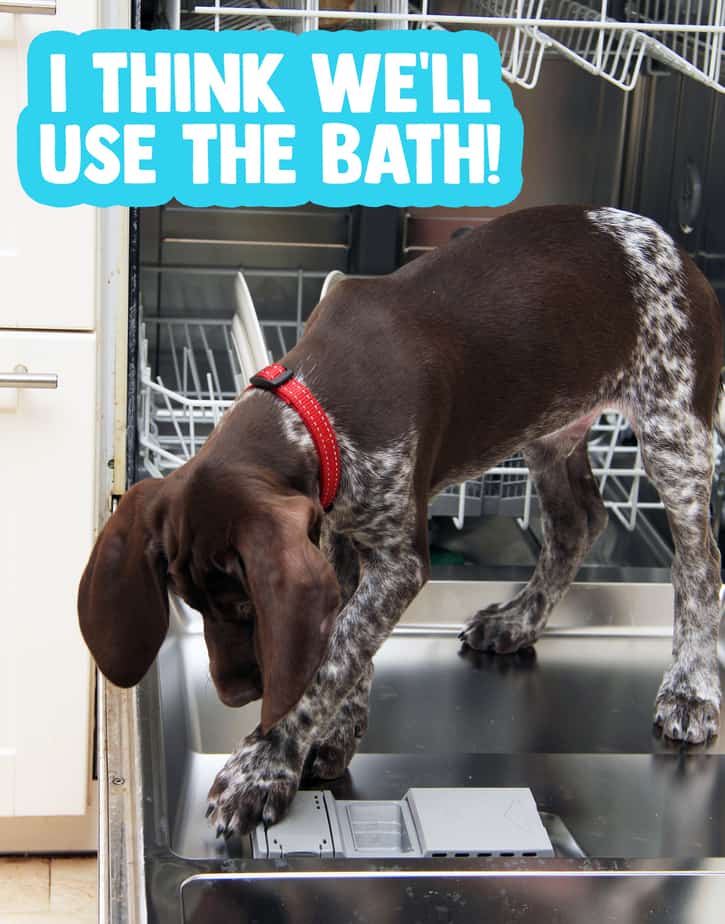
Additional Grooming for Your German Shorthaired Pointer
While brushing and bathing are the two big things everyone thinks of when grooming a dog, there are a few other things that you should pay attention to as well. With German Shorthaired Pointers, this includes their nails and their ears.
Nails should be kept short enough that they don’t interfere with a dog walking or standing, but not so short they are useless.
It’s much harder to get a nail too short than to leave it too long, though!
Inside of your German Shorthaired Pointer’s nails is a bundle of blood vessels and nerves, known as the quick.
Cutting the quick causes bleeding and is painful for the dog, so it should not be done on purpose unless the dog is under anesthesia at a veterinary clinic.
The quick will often grow as the nail grows, so it’s important to keep their nails cut regularly.
Once the quick has grown too far, it will take frequent nail trims to encourage the quick to recede before you’ll be able to keep your dog’s nails short again.
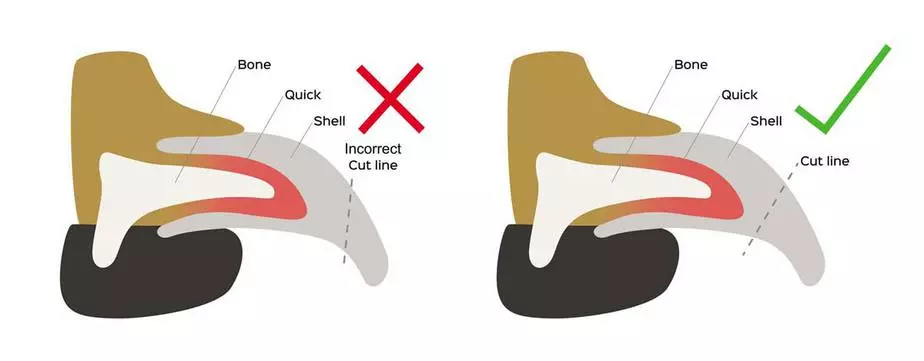
How often a dog needs their nails cut often varies with the individual. Some dogs keep their nails worn down well or have nails that don’t grow as fast.
In general, though, most dogs benefit from nail trims at least once a month.
You may also find that your German Shorthaired Pointer needs their nails trimmed once every week or two to stay on top of the growth.
If you are trying to get your dog’s quick to recede because their nails got too long in the past, it’s often recommended that you trim small amounts off of their nails every 1-3 days until the quick has receded to the desired length.
Grinding your dog’s nails with a dremel tool is another great way to encourage the quick to recede because you can carefully get closer and closer. It also keeps your dog’s nails from being too sharp!
Finally, as with any dog, you’ll want to pay attention to their ears to prevent an ear infection from occurring.
Getting a small piece of sand, a grass seed, or water in their ears can be a cause for irritation. That irritation can turn into an infection if left untreated.
For GSP’s that swim frequently, your dog’s veterinarian may recommend using an ear cleaner after each trip to the lake in order to proactively prevent an infection.
Otherwise, just keep an eye on your German Shorthaired Pointers ears for any signs of redness or itching and head to the vet at the first sign of an infection.
My GSP Is Small: Why and What to Do
There are some reasons your GSP may look small. German Shorthaired Pointers are slender by nature and sometimes this can cause owners to question their GSP's size and weight. In most cases your dog is [...]
When Will My GSP Start Pointing: (Answered)
GSPs may start pointing as early as two months old. However, most puppies start pointing around 4–5 months old. Soon after, the training begins. In this post we will briefly talk about pointing behavior, and [...]
When Does a GSP Go Into Heat?
All female German Shorthaired Pointers will have a heat cycle at some point. Knowing when your GSP goes into heat can help owners be prepared for what will happen during the cycle. When Should I [...]
German Shorthaired Pointers Lifespan – How Long Do They Live?
German Shorthaired Pointers (GSPs) are super canine athletes with reasonably long lifespans. And if you are considering getting one, you need to be prepared for how long they live. After all, these are active dogs [...]
German Shorthaired Pointer (GSP) Running Away
The German Shorthaired Pointer is a devoted companion, but moreover, it is a highly versatile sporting and hunting breed. In fact, the GSP is such a superior athlete that they are often crossed with Alaskan [...]
GSP Food & How Much to Feed Your Pointer
Every GSP owner wants to be sure their dog is getting the best food and the right amount. Are you feeding your GSP enough, or perhaps too much? And how can you make sure your [...]

